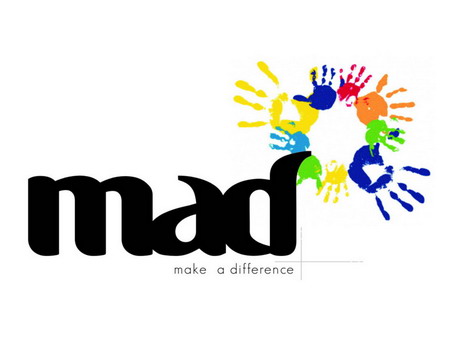In case of Wound
The job of first-aider is to remove or reduce the problems that hamper healing such as dirt, infection, movement, etc. Leave the wound undisturbed. Clean the wound by washing them with running water. If there are splinters, thorns and pieces of glass inside the wound remove them with a pair of tweezers so as to avoid infection.
In case of Profuse Bleeding
The easiest way to stop bleeding is to apply direct pressure on the wound. This can be done with any clean folded cloth. Lean on the wound with the heel of the hand instead of your fingers.
In case of a Fracture
In case of a fracture do not apply direct pressure; instead use a splint, combined with as gentle pressure bandage. It is safer not to give the patient anything to eat and drink. This is to protect the patient from vomiting in case he needs anesthesia and surgery, or has a head injury.
If the wound on the arm or the leg is bleeding profusely, it can be raised. This reduces the blood flow to the wounded area.
In case of Chest or Abdomen injury
In abdominal wounds the intestines may come out. The only thing you can do as first-aider is to cover the wound with a very wet clean cloth and get the patient quickly to a hospital. The wet cloth will keep the intestine from drying out, and will stick to the intestine.
Open wounds of the chest could be sucking in the air, making it hard for the patient to breathe. Covering of the wound with a piece of polythene and putting a bandage on the top of this may help to reduce air being sucked into the chest. Get the patient quickly to hospital.
In case part of a Limb is cut off
If a part of the limb has been cut off it may be possible to reattach it to the body. Put it inside a clean polythene bag and place this bag in another bag with cold water. If you can easily get ice put some in the water to keep it cool. Make sure that the limb does not get soaked in water. If nothing else is available, carry the amputated part in a clean cloth quickly to hospital.
In large crush injuries or in amputation avoid washing the wounds, as it will lead to more blood loss. Just cover the wound with clean cloth and tie a pressure bandage quickly. If possible keep the limb raised. Avoid using raw cotton wool to cover a wound as it gets stuck to the wound, and is difficult to remove and delay healing.
In case of an Eye Wound
Do not attempt any cleaning or washing of an open eye injury. Cover the eye with a clean soft cloth; place a stiff covering on top to prevent any pressure coming on the eye. This is important because the contents can be squeezed out even through a very small wound.
In case of Bleeding from Ear
Bleeding from ears mean either injury to the ear alone, or serious head injury. Avoid putting anything in the ears to stop bleeding as this could further damage the eardrum. Get the patient to lie down with the injured ear facing down.
In case Bleeding from Nose
Bleeding from nose could also mean a head injury. If the patient is conscious and can sit up, ask him to pinch his nose and breathe through his mouth. If he can lean forward, then that could prevent blood from going to his wind pipe choking him. If the patient is unconscious he should lie with the face to one side, for the blood to come out easily, so that there is no choking.
In case of Injuries to Muscles, Bones and Joints
When muscle joints or bones get injured, blood collects over the area, and a swelling appears. You can reduce the swelling by bringing down the bleeding. Apply cold water or ice packs if available. It reduces local blood flow and this brings down the internal bleeding and swelling. But remember not to keep ice packs on more than ten minutes at a stretch as this will lead to something like frostbite, and not to place ice directly on skin. Always wrap it in a cloth first. A muscle injury can be made less painful by putting a splint on the injured limb.
In case of Broken Bones and Dislocated Joints
A fracture or dislocation can be confirmed if there is obvious deformity, abnormal mobility, if the limb cannot be moved at all and if a grating feeling is there. First aid for all fractures and dislocations must aim to reduce movement, which will give relief from pain. Splinting should be done with caution.
Courtsey : http://www.delhitrafficpolice.nic.in/first-aid.htm

No comments:
Post a Comment